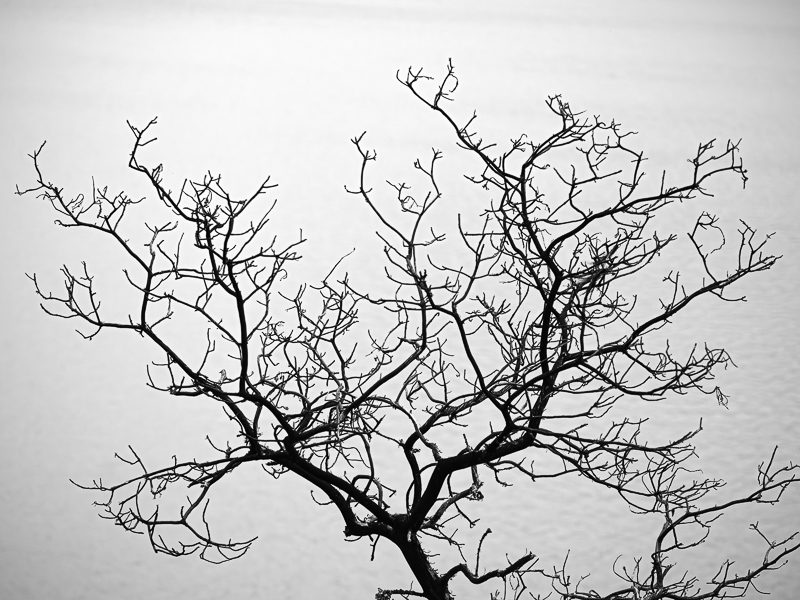Every Picture Is a Compromise
Lessons from the Also-rans
Most photography websites show the photographer's very best work. Wonderful. But that's not the full story of a creative life. If we want to learn, we'd better pay attention to the images that aren't "greatest hits" and see what lessons they have to offer. Every picture is a compromise — the sum of its parts, optical, technical, visual, emotional, and even cosmic – well, maybe not cosmic, but sometimes spiritual. Success on all fronts is rare. It's ok to learn from those that are not our best.
This is a series about my also-rans, some of which I've been able to improve at bit (i.e., "best effort"), none of which I would consider my best. With each there are lessons worth sharing, so I will.
Original digital captureWhat I saw that I liked:Tree bones. Can't possibly have enough of them. What I don't like in the picture:The above is way too dark. Isn't the camera's built in meter supposed to know how to expose shots like these? What I learned:Cameras are so smart these days, but they are also just dumb machines. They don't know how to render pictures, they just know how to meter for middle gray. In an image like this (or snow, or white sand) they will adjust the exposure to make gray. They are designed to do just that — and most of the time that works out great. But in an image like this one that has so much that's closer to white, the camera sees that and pushes the tones down to gray. This is why we need an override for exposure. Which even us long-time experienced folks occasionally forget to do. 2nd Chances: What I might try nextI'd like to coax a bit more detail out of this shadows if I can. |


